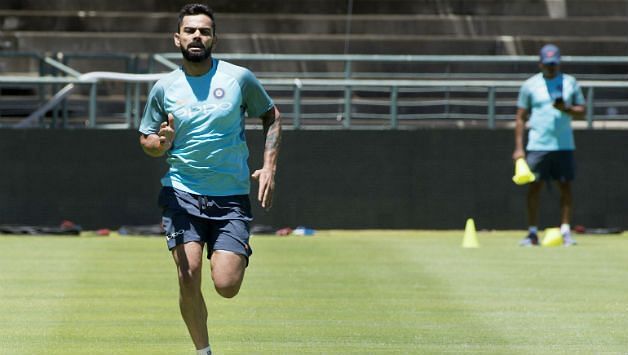
All the technicalities realted to YoYo test and its importance in modern day cricket
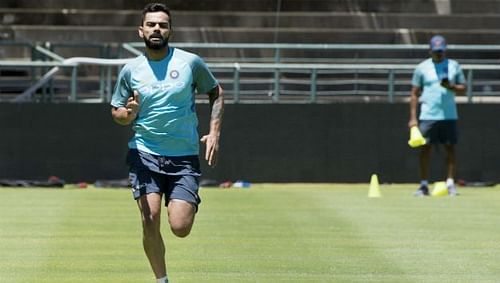
The YoYo test seems to be of utmost importance for most of the cricketing nations as it has become a selection criterion all over the world, at least in India. With an increasing demand for fitness, YoYo test has developed a special place in Indian team management's priority list. The other international countries started this process earlier, like New Zealand, Australia, and South Africa.
Thus, this article will look into every technical detail about the YoYo test and its importance in the cricket.
What is a YoYo test?
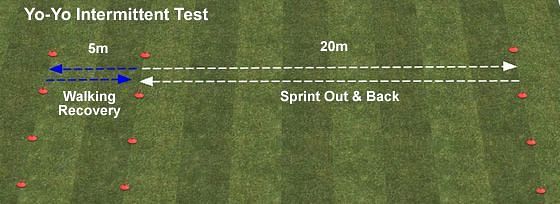
A YoYo test involves a player running between two cones that are set 20 meters apart on a flat ground under a controlled environment. The player taking the test starts on a beep from one cone and has to reach the other cone before the second beep goes up. The player then has to turn back and return to the starting cone before the third beep. This entire sequence of events represents one shuttle. Each shuttle covers a distance of 40 meters.
The player taking the test starts at level 5, which consists of one shuttle. The next speed level, which is 9, also consists of one shuttle. The next step up, which is level 11, consists of two shuttles, while level 12 and level 13 has three and four shuttles respective. From level 14 and upwards, there are eight shuttles per level. Level 23 is the highest speed level in a yo-yo test, but no one has come close to getting there yet.
Ten seconds is the usual interval, which a player gets between two shuttles, to recover. If a player does not reach the cone before the beep, he gets an official warning. Three such official warnings hint at the end of the test.
The test grows more intense as a player moves up the levels. With an increase in level, the time available to complete each shuttle abates and hence the intensification of the test. The player runs until he gets three official warnings and the level achieved at that point is the test score.
For example, a player has achieved a score of 17.7 in the test. Here, 17 represents the speed level and 7 (number after the decimal) represents the number of shuttles that a player completed at a particular speed level before the end of the test. A colon instead of a decimal means the same. We can also represent 17.1 as 17:7.
Its origination and its importance
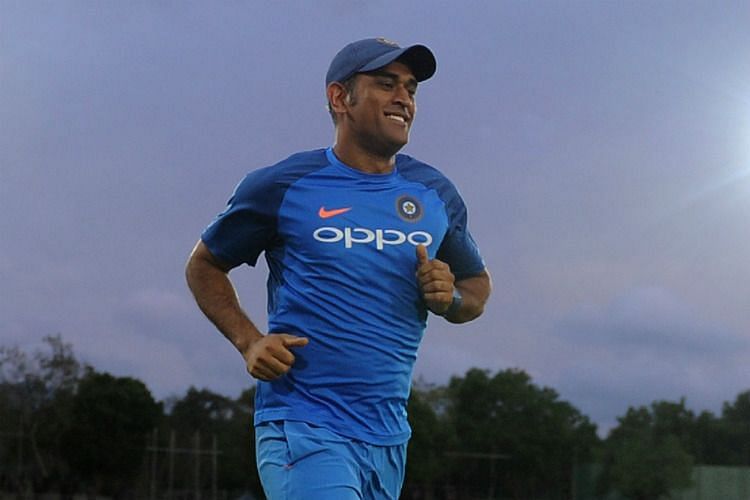
The YoYo test is stemmed from the Leger Test, created by Luc Leger of the University of Montreal. The Leger Test, which stated that a player has to run non-stop shuttles for 12 minutes, was considered inappropriate for sports like cricket. Hence, with a bit of change to the Leger Test, YoYo test came into picture which better served the purpose for strength and conditioning coaches in the field of cricket.
As explained by many strength and conditioning pundits, the YoYo test is not simply a fitness test. YoYo test also helps players improve their fitness while testing it. The aim behind the yo-yo tests is to establish a baseline fitness showing that the players were fitter than the common man, explains Andrew Leipus who served as a physiotherapist at NCA.
Let's take a practical life example to know the importance of a fitness test. Say, for example, a player who is at level 14, and if there is a catch that is about 16 meters away, he would need to run quite hard to come closer to the ball. But somebody who is at level 17 or 18 will find the catch easy. So, here is how, fraction of seconds make a difference.
Well, another great example is of MS Dhoni who ran his heart out to run a Bangladeshi batsman out in the 2016 T20I World Cup. Had Dhoni not been fit enough to run the batsman out, India wouldn't have won the match.
India; not the only country to practice YoYo test
India is not the only country to consider YoYo test as the basis of selection. Pakistan has also been an example of it. Umar Akmal was sent back home from England at the brink of the Champions Trophy last year after he failed to attain 17.1, the qualifying score set by PCB at that time. Umar Akmal could only get to 16:5. Since then, Grant Luden, the Pakistan strength-conditioning coach has raised the mark to 17.4.
India has fixed 16.1 as the qualifying speed level, which means it is obligatory for their players to finish the first shuttle of speed level 16. Pakistan's merest level is now 17.4; West Indies are at 19, and New Zealand probably has the highest level, 20.1. However, passing a yo-yo test is not a prerequisite for selection in New Zealand.
Numbers that suggest age is not the only factor
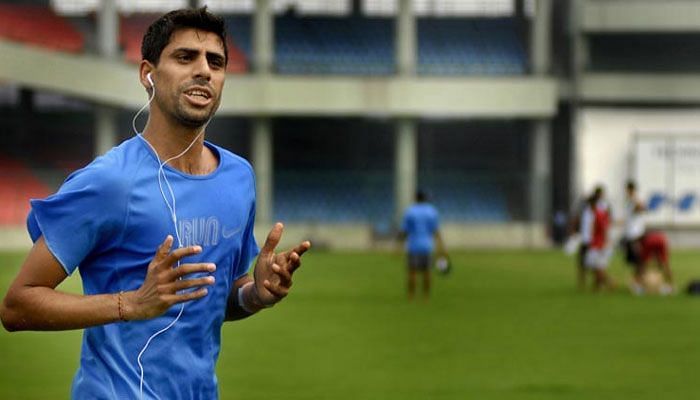
Misbah-ul-Haq scored 18.5 in his farewell series, at the age of 42. Meanwhile, Ashish Nehra, who retired at 39, clocked 18.4 during a yo-yo test earlier that year - reportedly better even than the likes of Virat Kohli at the time. Manish Pandey has set the benchmark for the Indians with an approximate score of 19.2.
Hence, these numbers suggest that not every time the age of a player is the deciding factor in the fitness test. Thus, YoYo test very much depends on the mentality that a player bears in his mind.
Author's take
There have been many speculations about the credibility rather bankability of YoYo test in cricket. YoYo test seems to be a bottleneck for many of the cricket fans, especially in India as it is said to have given more importance on fitness than skill. However, at international level, where the margin of error is too less, one cannot take chances with his fitness. The prime example would be Md. Shehzad who ran himself out in Afghanistan's first ever Test match. Shehzad tapped the ball to the point and went for a run but found himself short as the throw from Hardik Pandya was too fast for him.
So here is how a fitness test helps. Had Shehzad been fit enough, he would have made the crease and would not have lost his wicket. Same is the case for Pandya, had Pandya not been fit enough, India would have missed a crucial wicket.
Although YoYo test feels a bit hard on cricketers, its necessity cannot be denied. A coin has two sides, but the heavier side makes the difference. Same is the case with YoYo test, where the better side of it always dominate.